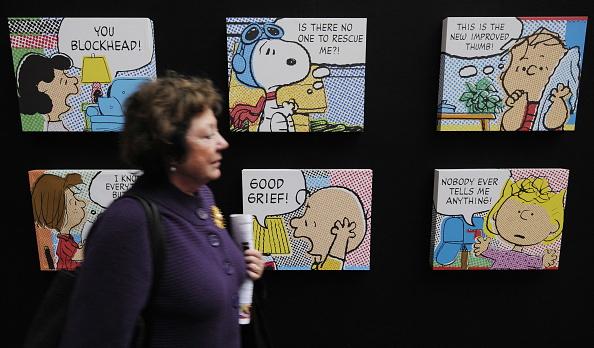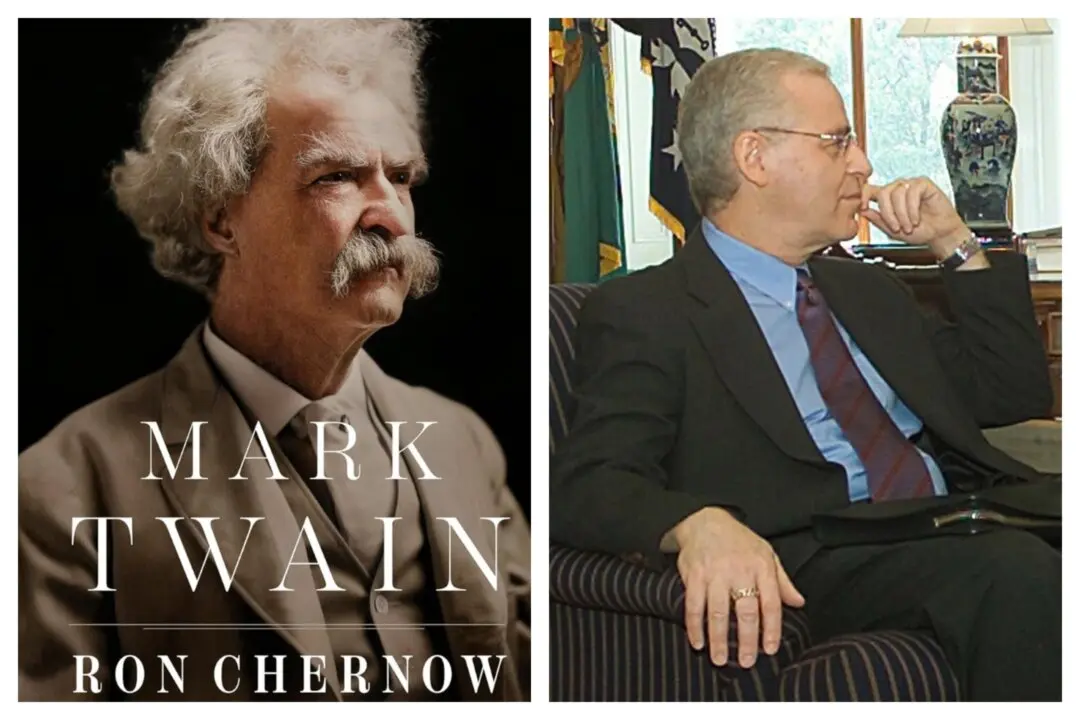As the 20th century neared its end, there was a global fear that chaos and disaster was right around the corner, or more accurately, a mere second away. With much of the world now on the grid, the Year 2000 (Y2K) bug was certainly going to lead the digital world, and, therefore, the world in general, to collapse, all because the annual numerical date would change from “19” to “20.”
Major corporations from banks to manufacturers, and even governments, literally worked around the clock to prepare for what seemed to be impending disaster. The U.S. Congress passed the Year 2000 Information and Readiness Disclosure Act in October of 1998, which encouraged companies to share digital information about how they were finding solutions to becoming Y2K compliant. The United Nations followed suit with a global effort.






